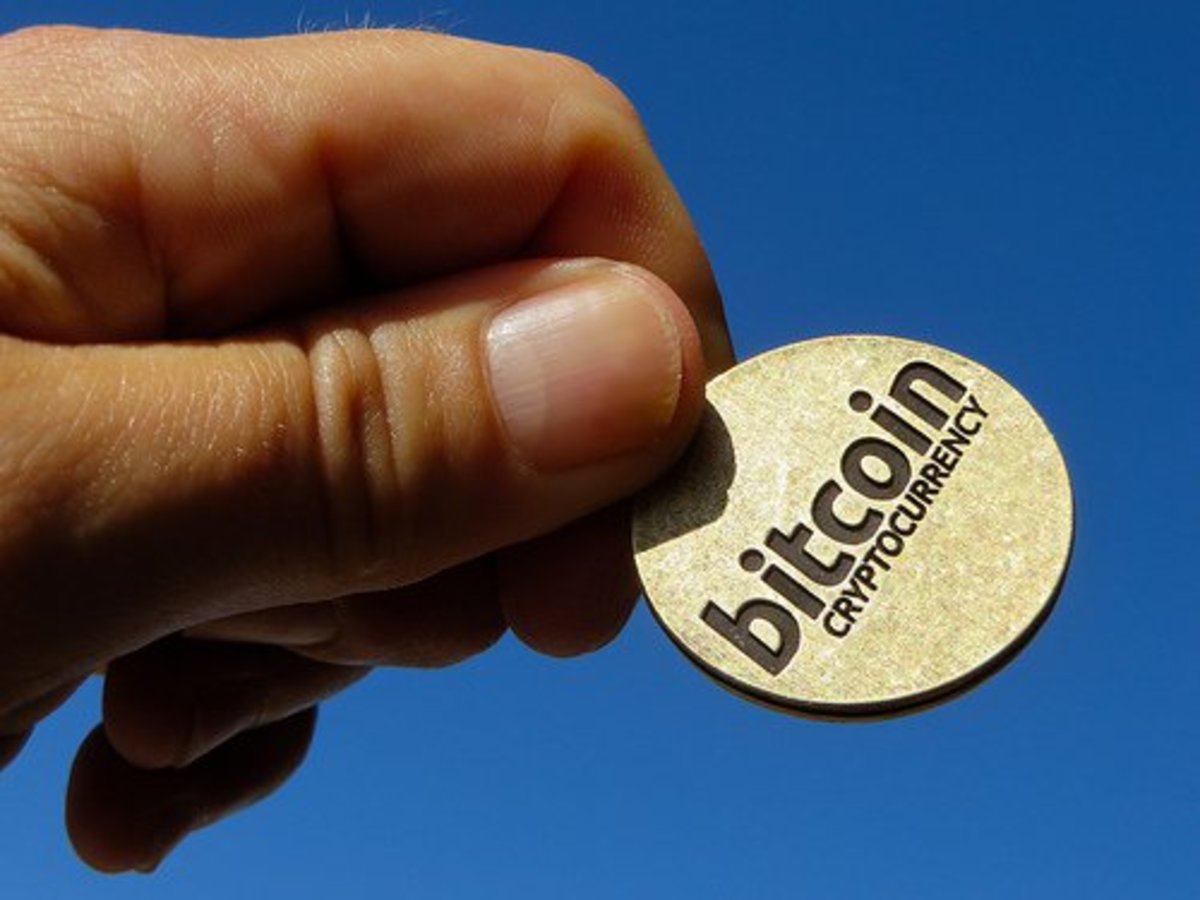
This is the third part of a multi-part series that will explain how to integrate Bitcoin as a payment method using your existing accounting software package. This procedure will allow you to properly account your Bitcoin expenses and integrate those expenses into your business records as if they had originally been made in your home currency.
QuickBooks’ workflow model allows you to track accounts payable by vendor, reminds you when your bills are due and provides an easy to understand way to enter payments. If you are fortunate enough to identify a vendor in your supply chain that accepts Bitcoin, then you may choose to do this instead of converting to dollars. However, you should ensure that your vendor dynamically updates the Bitcoin exchange rate so that prices remain relatively stable in your functional currency.
1. Enter a bill into Quickbooks using the “Enter Bills” function on the home screen. Update the vendor name, address, and payment terms and assign an expense account to the expenditure. This will most likely be a cost of goods sold (“COGS”) account if you are purchasing items for resale. Be sure to enter the amount of the bill in your functional currency; QuickBooks will not allow you to enter bills in other currencies unless the multi-currency function discussed in Part 1 of this series has been activated. Also, don’t forget to enter the due date.
2. At this point, your only options are checking account or credit card account to pay bills. QuickBooks will not allow you to pay using the Bitcoin account that you created previously. When the bill comes due or when you decide to pay, you will need to work around this by creating a general journal entry.
3. Select “Make General Journal Entries” from the “Company” menu. This will open the Journal Entry window. Your entry should look like this:
Account Debit Credit Name_______
AP Amount Vendor
Bitcoin Wallet Amount
This entry will post a credit balance to the sub-journal in your accounts receivable ledger for the vendor that you want to pay. Note that this will not work if the vendor is not set up in your QuickBooks file or if you forget to select the correct vendor from the name box.
4. Select the “Pay Bills” option from the home screen. Select the bill that you want to pay by checking the box next to it. Near the bottom of the screen, you should see the amount you just posted for “Total Credits Available.”
5. Click the “Set Credits” button, then check the box next to the credit amount to apply the credit as a payment and click “Done.” Two things should happen – the credit amount you entered should zero out and the bill should now show as paid.
QuickBooks automatically numbers journal entries in the order entered, not by date, so be aware that your entries may appear out of order if you post-date them to reflect a future payment. Also, you may need to revalue your wallet before or after you use it to pay bills to ensure that you don’t end up with an incorrect ending balance for that account. See Part 2 for instructions on how to do this.
As always, this is one of several ways to account for this kind of transaction in QuickBooks. Other procedures may work equally well. Feel free to contact me with feedback, questions, or requests.
Cover photo by flickr user BTCKeyChain. Used under Creative Commons license at: http://creativecommons.org/licenses/by/2.0/deed.en










